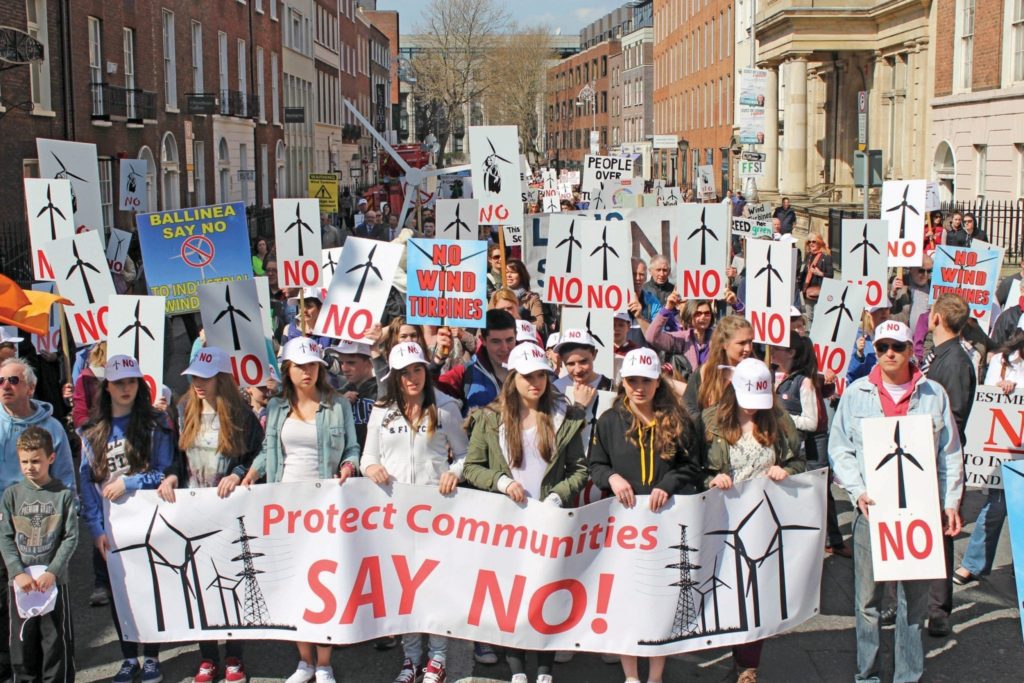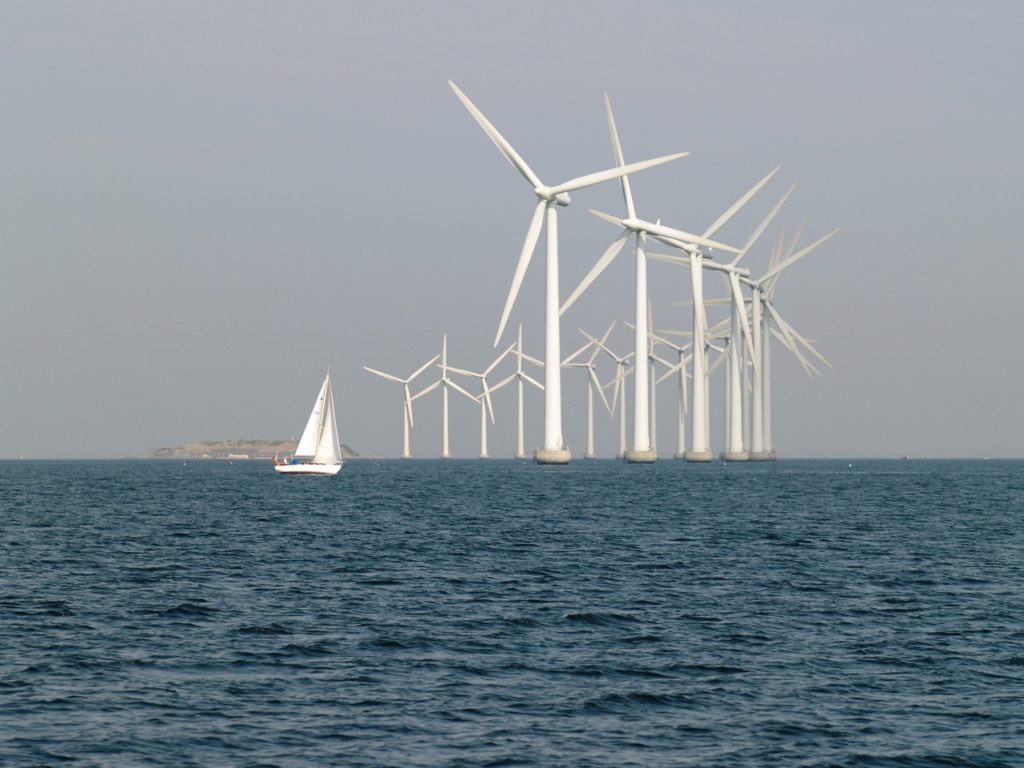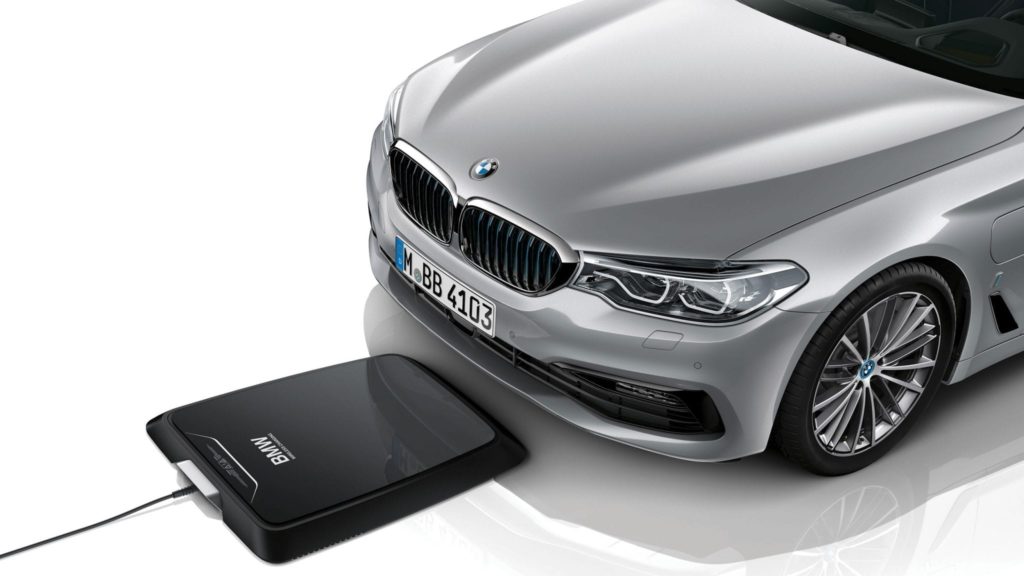Winning Hearts and Minds for New Renewables Infrastructure
Electrification is set to play a major part in Europe’s long-term decarbonization plans; although electricity industry association head Kristian Ruby “insists on being professionally optimistic,” major challenges lie ahead – in particular, public support for the necessary new infrastructure build-out. Are people ready to buy into the vision of a clean, affordable and convenient all-electric world?
An interview with Kristian Ruby.
Europe’s low-carbon future is electric, according to the European Commission’s strategy for a climate-neutral Europe by 2050, published in November 2018. The strategy is not a legislative proposal, but a strategic vision, supported by a detailed analysis, on how the European Union (EU) can deliver on the Paris Agreement to contain the rise in average global temperatures to well below 2°C above pre-industrial levels.
In the strategy, the Commission assessed pathways for the EU that can reduce greenhouse gas emissions reductions between 80% by 2050 (compared to 1990) up to net zero greenhouse emissions by 2050 – all of them in line with the Paris Agreement. All pathways converge on one central element: power generation should be fully decarbonized by 2050, with more than 80% of the EU’s electricity produced by renewable energy sources. Currently, the EU gets more than 30% of its electricity from renewable sources, up from 12% in 2000.

“I insist on being professionally optimistic about achieving a rapid and effective energy transition – but we shouldn’t underestimate the magnitude of the challenge ahead,” comments Kristian Ruby, head of electricity industry association Eurelectric, in an interview with REVOLVE.
Ruby has good reason to be optimistic – in terms of decarbonization targets, the electricity industry is already more than halfway there. “Of the electricity supply in the European Union today, 60% is low carbon generation – half from nuclear and half from renewables,” he says. “We have gone a significant distance – and now people are seeing opportunity from this change rather than risk. The investments in the sector have shifted towards the new energy world.”
In all the pathways to a low-carbon 2050, it is envisaged that the deployment of renewable energy will drive a large-scale electrification of the energy system, at the level of end-users (such as energy use in industry, buildings or transport), or to produce carbon-free fuels and feedstock for industry. Decarbonizing the power sector will therefore be central to the transformation of other economic sectors.
In the future, you will rely more on electricity in your daily life. Hopefully though, you won’t even think about that much. You’ll just have this feeling of convenience that things are working for you.
Citing recent “landmarks” including major policies like the Energy Union and the Clean Energy for all Europeans legislative package, Ruby says, “These will drive decarbonization of the power sector, of the industrial sector, and of the transport sector; but the overall transition will take longer. It is a positive direction – but it is very important that we now start ‘walking the talk’ and going in that direction and see the vision become reality.”
Public support
Public support will be critical to ensuring that the vision becomes reality. This includes consumer decisions, such as buying electric vehicles, committing to low energy housing renovation, and the uptake of low carbon technologies like heat pumps. Eurobarometer polls have shown that the majority of Europeans are in favor of national governments setting targets to increase renewable energy use by 2030 (89%) and to provide support for improving energy efficiency by 2030 (88%). But in some cases, public acceptance of the necessary new energy infrastructure is lacking.
Ruby explains, “For more renewable energy supply, we need quite a lot of new machinery. We need to put up new wind turbines and new solar panels. Success here really relies on people accepting those new infrastructures. One of my greatest concerns these days is that we are seeing a rise in public opposition to new renewable energy projects – it’s not only the conventional technologies that are facing public opposition.”
We need citizens to understand that the prerequisite to a more affordable, more convenient, cleaner electric society is allowing the construction of generation assets that can power it.
For example, public opposition to offshore wind has been growing in Denmark – despite the fact that 30,000 people are employed in the country’s well-established wind industry. In March 2019, the energy company Vattenfall requested a three-year extension to the commissioning deadline for two near-shore wind farms due to protests and permitting issues.
The developer secured the rights to develop the two projects in an auction in September 2016, but protests against the placement of the turbines has prompted renewed consultations and hindered the final approval.

Commenting on the case, Ruby says, “If people cannot accept even new offshore installations that are ten kilometers away, then we really have to have a dialogue about this. We need citizens to understand that the prerequisite to a more affordable, more convenient, cleaner electric society is allowing the construction of generation assets that can power it.”
Previously, popular support for Denmark’s wind farm developments was in part enabled by local community co-ownership, building on the country’s long tradition of collective ownership. However, Ruby sees thorough public consultation as a more likely driver of public acceptance.
“The power of community is a very strong driver and it’s one that we should leverage, but it’s not going to get everybody on board. The nature of the public consultations matters a lot, how substations and cables are designed, placed in the landscape and what is put around it. Others will prefer not to do that – they will have other priorities than spending time on their electricity supply,” he says. “The fundamental principle is that people need to see a direct benefit from this.”
Going local
Much of the electricity industry’s focus is currently on providing direct benefits to consumers through added-value services, according to Ruby. “What used to be a very technical sector focused on the generation of electricity is turning into a more competitive customer-focused sector which is about providing value for customers,” he says. “The utilities see that this is where they can make money because this is where they can create true value.”
To take one example, utilities can enable the installation of rooftop solar at household level, through projects like Project Sunroof, a joint venture between Google and E.ON which involves German software firm Tetraeder. The project is underpinned by a solar calculator from Google which uses machine learning to estimate how much solar potential a house has by examining the property’s features, such as its roof area and angle, and weather data.
Ruby explains: “So, the utility is helping customers, firstly to assess the solar potential of their roofs, then to help with installing solar panels, and then finally, to buy the electricity supply from the households. This is the kind of thinking that we now need to develop – helping the customer from the first moment that the customer comes in to contact with the company and ensuring that they are guided to get the optimum value from their interactions with the company.”

Eurelectric’s own study of options for increased electrification (Decarbonisation Pathways, published in November 2018) identifies the active involvement of citizens as a “key enabler” in a more decentralized power market of the future. However, citizen involvement in enabling this market will be mostly through purchasing decisions and acceptance of new technologies, according to Ruby – and convenience will be the selling point.
“In the future you will rely more on electricity in your daily life. Hopefully though, you won’t even think about it that much. You’ll just have this feeling of convenience that things are working for you,” says Ruby.
“For example, as you get into your car the door will open automatically and you won’t have to start it manually. When you come home you won’t have to plug it in – say it’s using inductive charging – and it will charge automatically at off-peak hours. You might have a better-insulated house that uses an electric heat pump, and this will help to drive down energy costs for you.”
“Costs however will remain highly dependent on regulation. And on our collective choices – if, for example, there continues to be public opposition to new renewables installations, then all of a sudden we could have a situation where there is scarcity of supply,” he concludes.